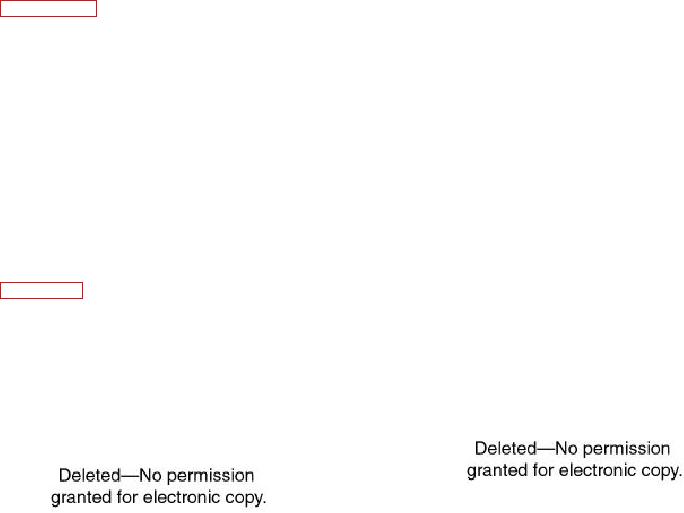
the tool or the tool setup. Check to be sure the tool
smooth rounded surface. Finally, use the tool to face
has been properly sharpened to a point or as near to a
from the fillet to the outside diameter of the work.
point as the specific finish will permit. Reduce the
In facing large surfaces, lock the carriage in
overhang of the tool as much as possible and recheck
position since only cross feed is required to traverse
the gib and bearing adjustments. Finally, be sure that
the work is properly supported and that the cutting
the tool across the work. With the compound rest set
speed is not too high.
at 90 (parallel to the axis of the lathe), use the
micrometer collar to feed the tool to the proper depth
of cut in the face. For greater accuracy in getting a
FACING
given size when flnishing a face, set the compound
rest at 30. In this position, 0.001-inch movement of
Facing is the machining of the end surfaces and
the compound rest will move the tool exactly
shoulders of a workpiece. In addition to squaring the
0.0005-inch in a direction parallel to the axis of the
ends of the work, facing will let you accurately cut the
lathe. (In a 30 - 60 right triangle, the length of the
work to length. Generally, in facing the workpiece
side opposite the 30 angle is equal to one-half of the
you will need to take only light cuts since the work
length of the hypotenuse.)
has already been cut to approximate length or rough
machined to the shoulder.
TURNING
Figure 6-60 shows how to face a cylindrical
piece. Place the work on centers and install a dog.
Turning is the machining of excess stock from the
Using a right-hand side tool, take one or two light cuts
periphery of the workpiece to reduce the diameter.
from the center outward to true the work.
Bear in mind that the diameter of the work being
If both ends of the work must be faced, reverse
turned is reduced by the amount equal to twice the
the piece so the dog drives the end just faced. Use a
depth of the cut; thus, to reduce the diameter of a
steel ruler to lay out the required length, measuring
piece by 1/4 inch, you must remove 1/8 inch of metal
from the faced end to the end to be faced. After you
from the surface.
ensure that there is no burr on the finished end to
cause an inaccurate measurement, mark off the
To remove large amounts of stock in most lathe
desired dimension with a scribe and face the second
machining, you will take a series of roughing cuts to
end.
remove most of the excess stock and then a finishing
cut to accurately "size" the workpiece.
Figure 6-61 shows the facing of a shoulder having
a fillet corner. First, take a finish cut on the outside of
the smaller diameter section. Next, machine the fillet
with a light cut by manipulating the apron handwheel
and the cross-feed handle in unison to produce a
Figure 6-60.--Right-hand side tool.
Figure 6-61.--Facing a shoulder.
6-35

